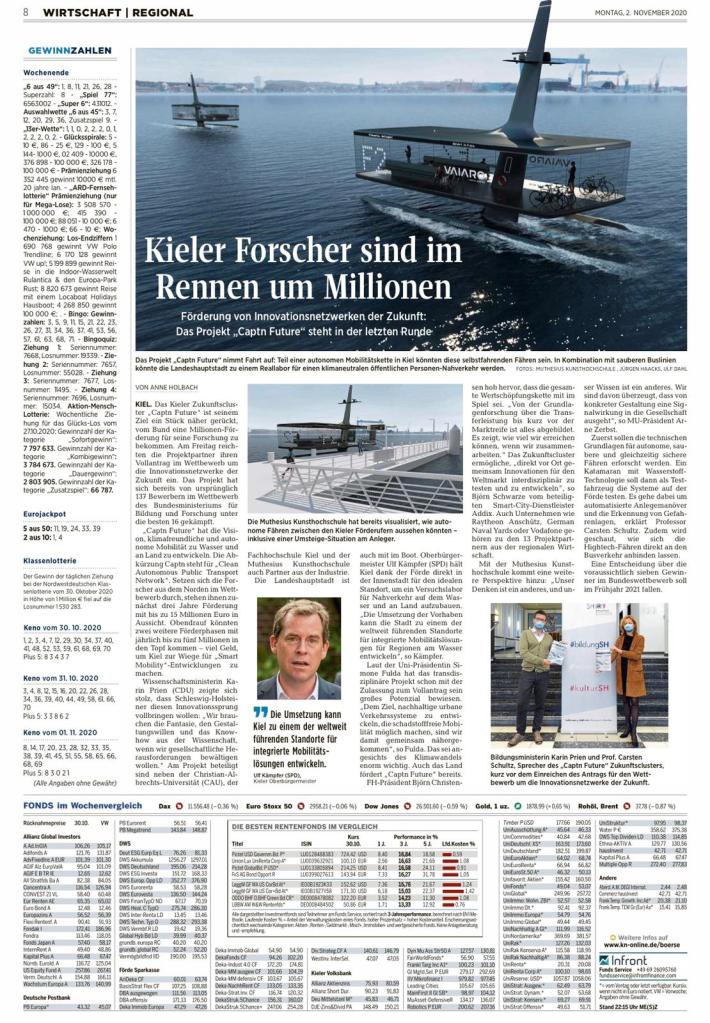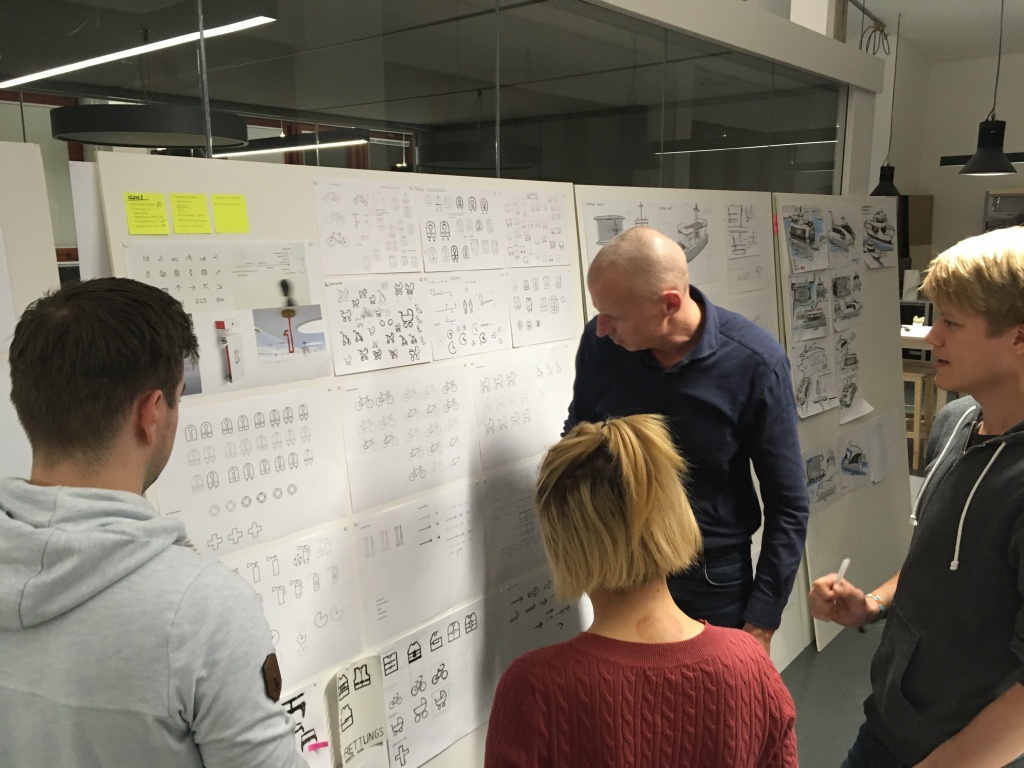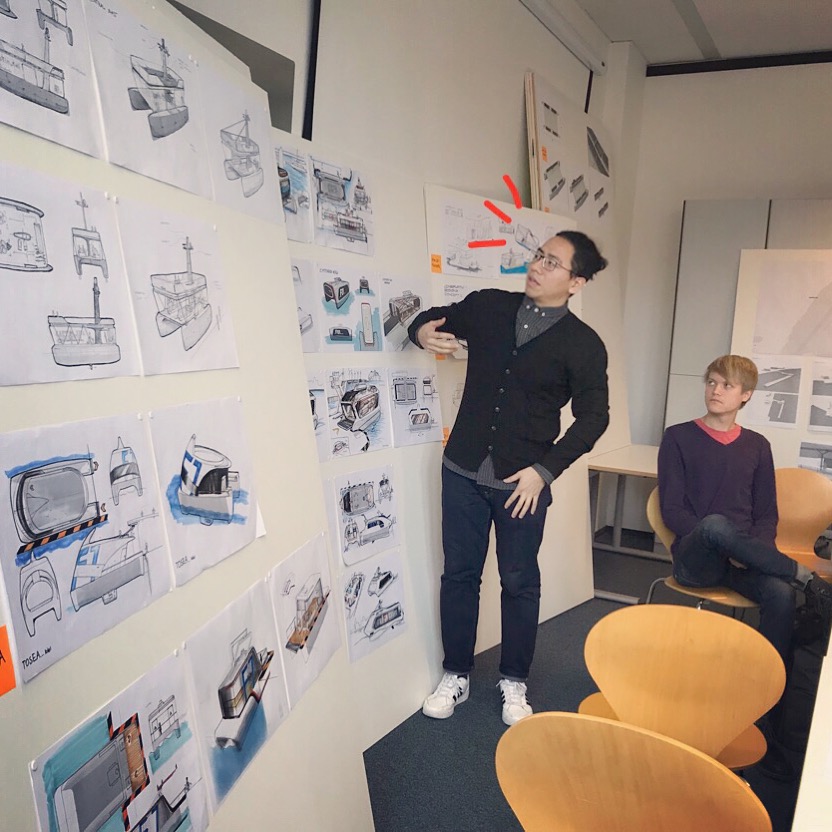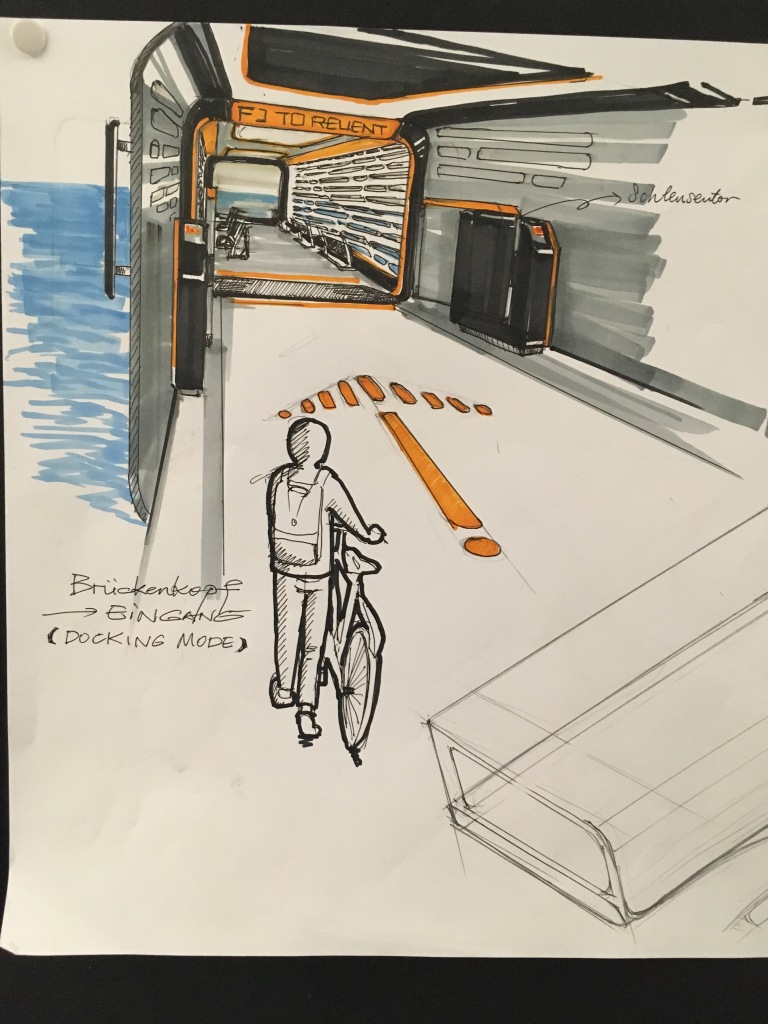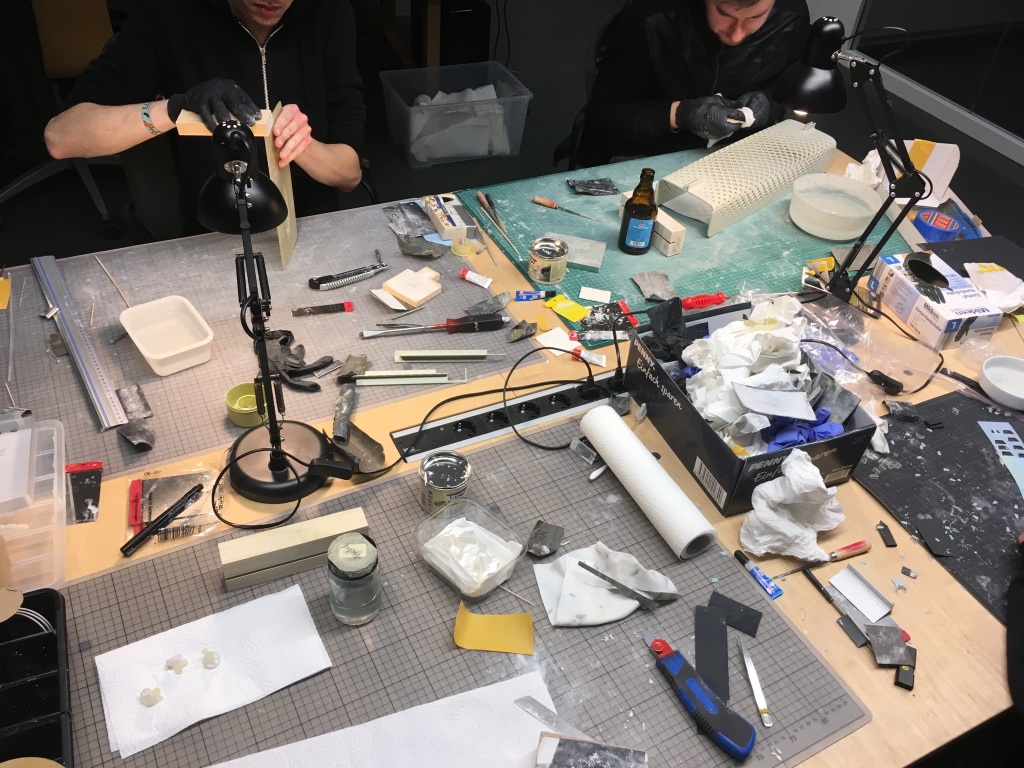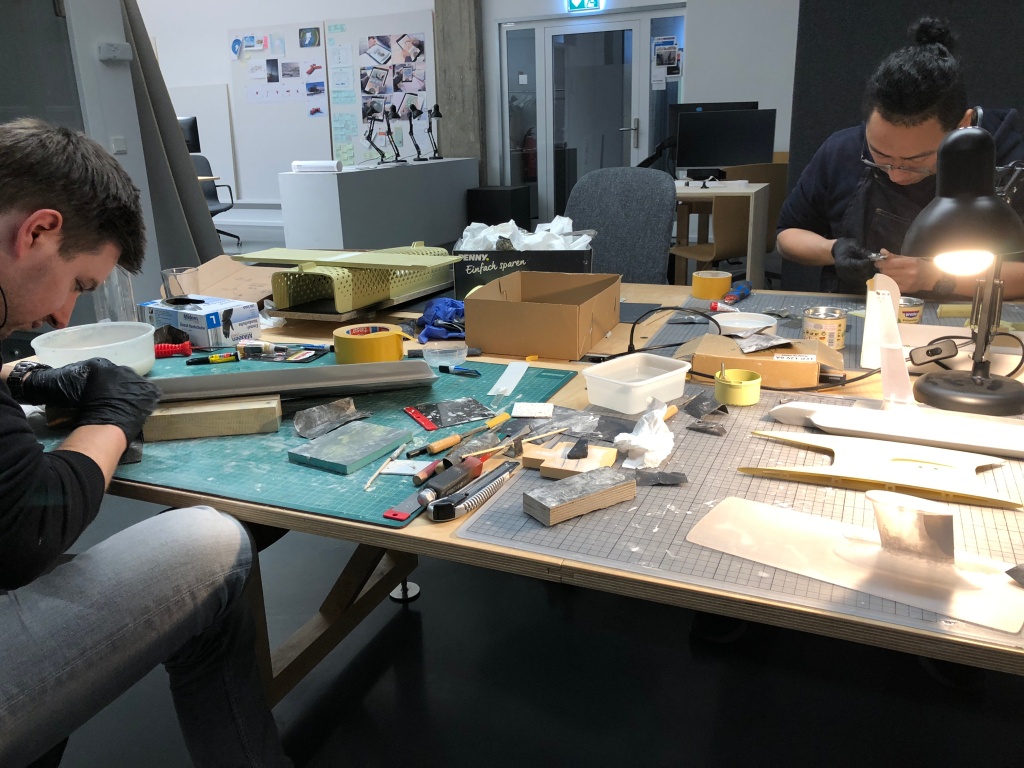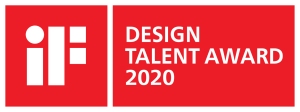
Introduction
This project is a forward-looking design based on an environmentally friendly and sustainable development with new
In 2019, Master´s students of industrial design at Muthesius University of Fine Arts and Design (Simeon Ortmüller, Tobias Gehrke, Vincent Steinhart-Besser, Yigang Shen and Jingyue Chen) developed design concepts for a new form of mobility on water and gave the CAPTN project its first visible identity. The students have dealt with the question: What is the future of public transport on the Kiel Fjord? Kiel grows and urban mobility needs attractive offers to make it easier to avoid the car and to achieve ambitious climate targets. The fact that ferry traffic in this context connects the west and east bank over a longer period of time during the day and at a tighter frequency and that the connections to bus traffic play a central role is obvious.
The two different concepts of the VAIARO project with the names “Floating Platform” and “Passage” are characterized by pragmatism and radicalism in equal measure. For this purpose, leitmotifs for intelligent mobility and a new landmark in Kiel were developed. The project was designed as a cooperation from the beginning: Partners from Kiel University and from the University of Applied Sciences are working in their respective fields on the realization of an autonomous ferry. The parties involved were thus present at regular intervals for presentations, in the course of which the drafts and their own position were repeatedly reviewed and adjusted. In this way, indications of the desired qualities could be obtained. What is meant to be in the drafts is basically quite simple to grasp: When I come to Kiel, I absolutely have to take the new ferry!
TEAM:
Simeon Ortmüller, Vincent Steinhart-Besser, Yigang Shen, Jingyue Chen
INSTRUCTOR AND LEADER:
Prof. Detlef Rhein /Prof. Frank Jacob

Learn more from CAPTN please visit the official website: captn.sh
Documentation of Design process:
